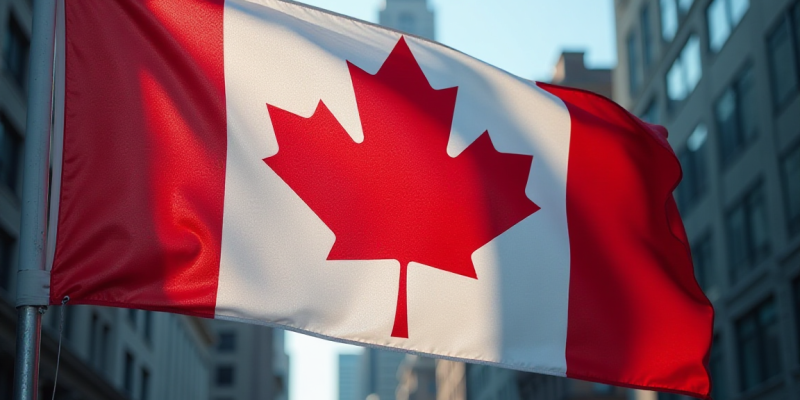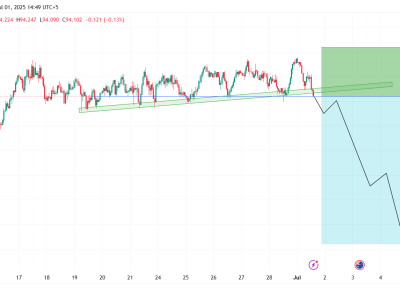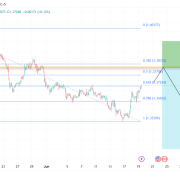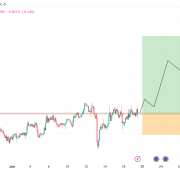
The USD/CAD exchange rate has crashed this year as the US dollar index (DXY) has plunged from $110 earlier this year to $99. It has dropped from 1.4790 on February 3 to the current 1.3738.
Canadian economy at risk amid Trump steel tariffs
The USD/CAD pair retreated on Friday as investors remained concerned about the trade relations between the US and Canada.
These relations could worsen this month after Trump threatened to impose higher tariffs on imported steel and aluminum. These tariffs will now rise from the current 25% to 50% as he seeks to cushion American steel workers.
Analysts believe that the Chinese economy could be the most exposed as the country is the biggest supplier of the two metals to the US. Canada accounts for about a quarter of all US steel tariffs and about half of aluminium.
These tariffs will have a major impact on the Canadian economy. The steel sector employs over 23,000 Canadians directly and 100,000 indirectly, while the aluminum sector employs thousands more.
Analysts anticipate that the Canadian economy will be affected this year. Data released last week showed that the economy expanded by 2.2% in the first quarter as exporters sought to get ahead of tariffs.
In a recent note, analysts at the IMF downgraded the Canadian economic forecast. It downgraded the economy by 0.6% this year and 0.4% in 2026, citing the impact of tariffs. It expects the economy to grow by 1.4% and 1.6% in these two years.
Bank of Canada and Fed divergence
The USD/CAD exchange rate has reacted to the ongoing divergence between the Fed and the Bank of Canada.
The BoC has been in a rate-cutting cycle in the past few months, moving them from 5.5% to 2.75%. It paused the rate cut in May, and the recent strong GDP number means that it may pause again in June.
The Federal Reserve, on the other hand, has maintained status quo this year despite rising pressure from Trump to cut rates. Trump made the case for cuts directly to Jerome Powell in a meeting at the White House last week.
The Fed has insisted that it will not cut rates until it sees that inflation is falling towards the 2% target. While recent data showed that inflation has fallen, Fed officials expect tariffs to push inflation higher.
Looking ahead, the next important catalyst for the USD/CAD pair will be the upcoming US nonfarm payrolls (NFP) data. It will also react to any trade development between the US and Canada.
USD/CAD technical analysis
USDCAD chart | Source: TradingView
The daily chart shows that the USD/CAD exchange rate has pulled back from the year-to-date high of 1.4790 to 1.3738. It has recently crashed below the key support at 1.4148, the lowest swing on February 15.
The pair has even formed a death cross pattern as the 50-day and 200-day Exponential Moving Averages (EMA) crossed each other. It has moved below the support at 1.3756, the lowest swing on May 7, and a level where it formed a double-bottom pattern.
Therefore, the USD/CAD pair will likely continue falling as sellers target the next support at 1.3600.
The post USD/CAD forecast as Canada prepares for Trump 50% steel tariffs appeared first on Invezz












